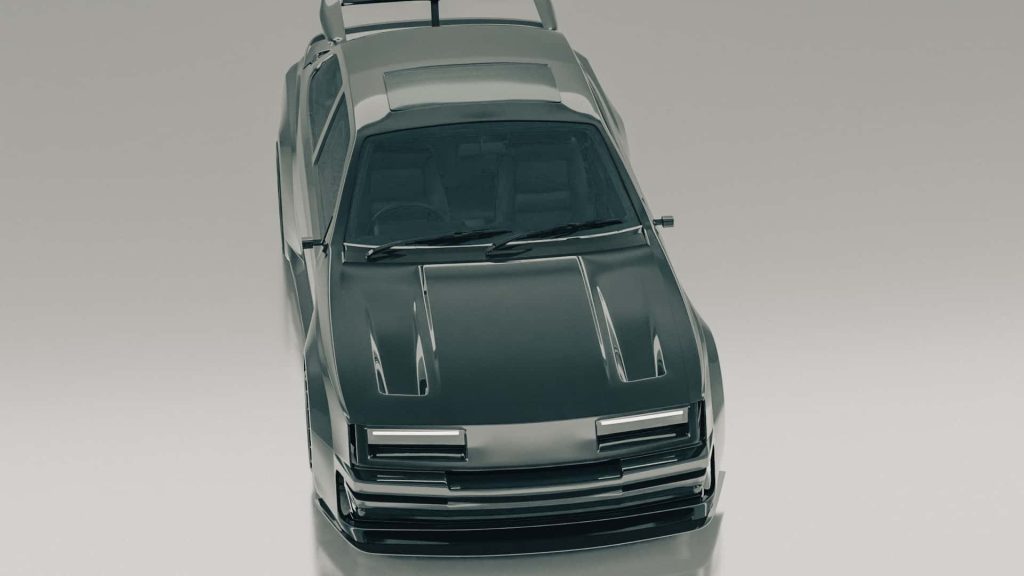One of the original 500 Sierra Cosworth RS500 homologation specials, built so Ford could dominate DTM (German Touring Car) racing, is being turned into a “Carbon Piranha” restomod.
The car’s chassis number 148 has inspired a consortium of British automotive experts to gather together under the name Vision148 and reimagine the 1980s’ racing legend with today’s technology.

First, the donor car is to be stripped down by ASM Auto Recycling who will also determine which parts need to be 3D scanned and reconstructed in carbon fiber. Next, the Cossie will be sent to Yasid Design which will determine the look of the vehicle. Lastly, Silverstone’s Digital Manufacturing Center will receive the fast Ford for final assembly.
Along the way the two-litre turbo motor will be returned to Cosworth to improve on the original road car’s 224bhp. In late Eighties’ race tune the fire-spitting RS500 lived up to its name, producing an estimated 500bhp so who knows what could be achieved with modern turbocharging and engine management?
“Cosworth is celebrating over 65 years and it all started with Motorsport, which led us through Ford ownership, Cossies and the aftermarket,” says Cosworth’s global director Nick Greenway. “We know that there is a passionate fan base out there for the Cosworth brand, and what better way to celebrate a road and race icon than through the Vision148 RS500 project.”



Not only will the Carbon Piranha get a huge power boost, the carbon fibre bodywork catapults the Cossie into the future with wider sculpted wheelarches that house delightful dished alloys, while it looks like even more attention has been paid to aerodynamics with plenty of scoops and vents, together with a remodelling of the double-deck rear wing. Using carbon extensively will dramatically reduce weight, with the Vison148 RS500 set to tip the scales at around 1,000kg.
“Our viewpoint is to give fans the chance to see the RS500 differently, with a modern eye,” adds Ian Howe, the founder of Vision148. “Even those who weren’t born when the original car was produced but have a connection with cars and modern ideas.”
The project has been underway for around eight months and no completion date has been set. Rather than being sold the Carbon Piranha is to be given away to one lucky member of a new Autovision Club, created to fund the project.
It’s not the first time the glory days of the German Touring Cars have inspired a ridiculous restomod, with HWA’s Mercedes 190E-derived £550,000 Evo II recently revealed. Who else wants to see this duo re-create a DTM duel on track?










I’m still somewhat on the fence about using carbon fiber. Let me explain my reluctance. While I more than get building a carbon monocoque car and understand the benefits, often it seems these body panels are hung (bolted on) and make no appreciable structural difference. would a good quality light weight fiberglass panel be of equal benefit. What is the benefit of using carbon fiber body panels on a full frame car after market chassis? Is there any? About a year ago I saw a guy with a 914 that had an unpainted carbon fiber deck lid. Did this really improve performance or was it just for show? I’m sure this RS 500 is more than well thought out and the use of carbon here is justified however in other cases I wonder the why.